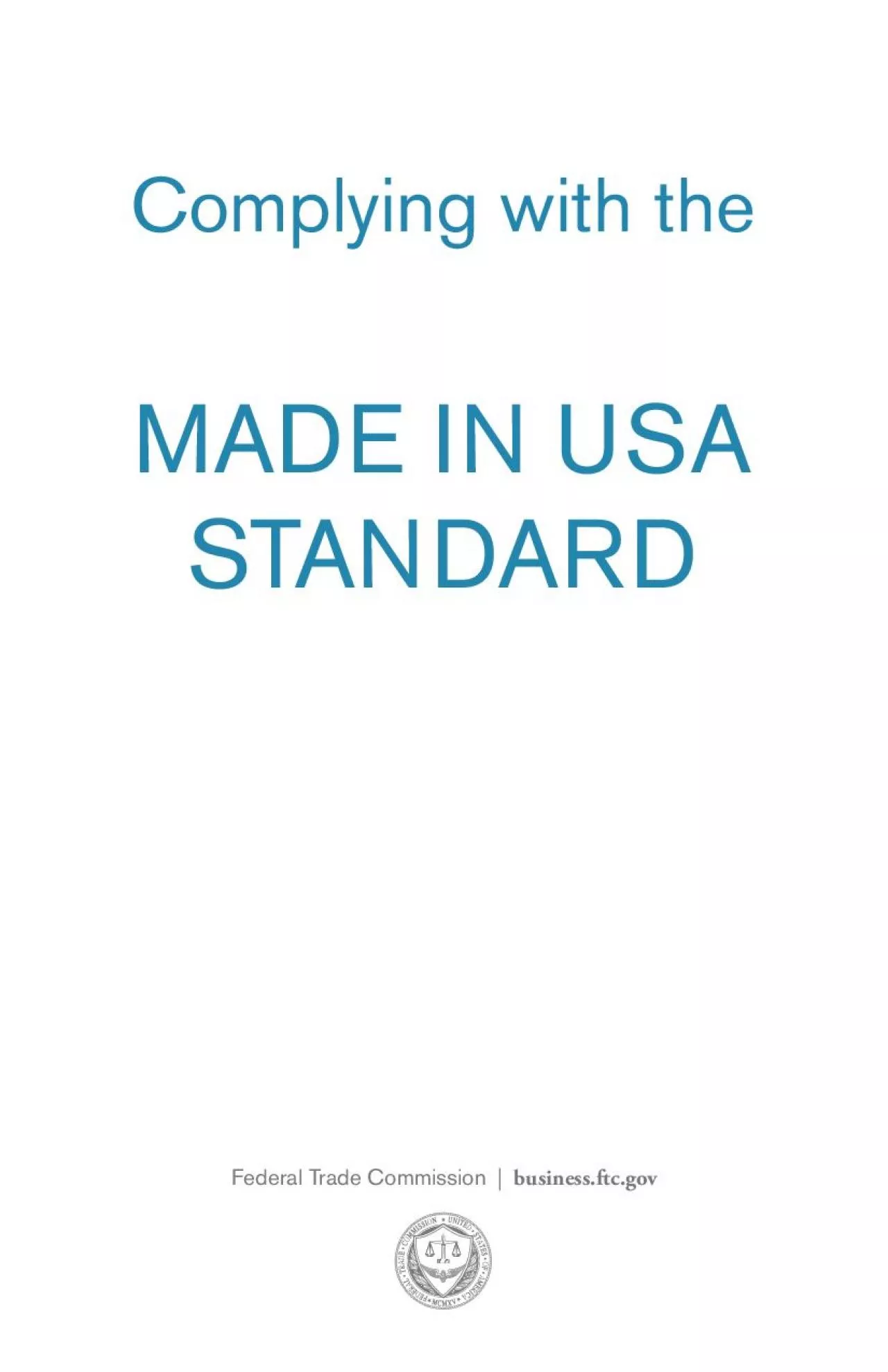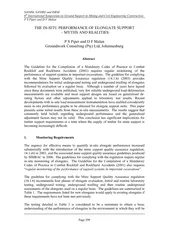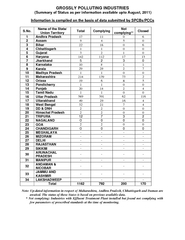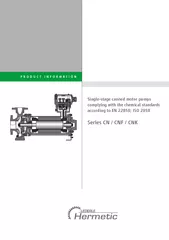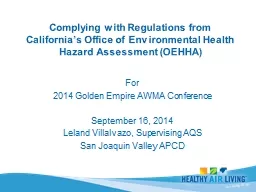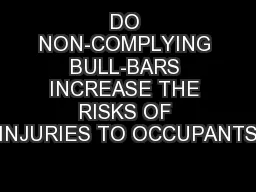PDF-Complying with the
Author : melody | Published Date : 2021-01-05
MADE IN USA STANDARD Federal Trade Commission businessf tcgov Table of Contents Introduction 1 Basic Information About Made In USA Claims 2 The Standard For Unquali31ed
Presentation Embed Code
Download Presentation
Download Presentation The PPT/PDF document "Complying with the" is the property of its rightful owner. Permission is granted to download and print the materials on this website for personal, non-commercial use only, and to display it on your personal computer provided you do not modify the materials and that you retain all copyright notices contained in the materials. By downloading content from our website, you accept the terms of this agreement.
Complying with the: Transcript
Download Rules Of Document
"Complying with the"The content belongs to its owner. You may download and print it for personal use, without modification, and keep all copyright notices. By downloading, you agree to these terms.
Related Documents

